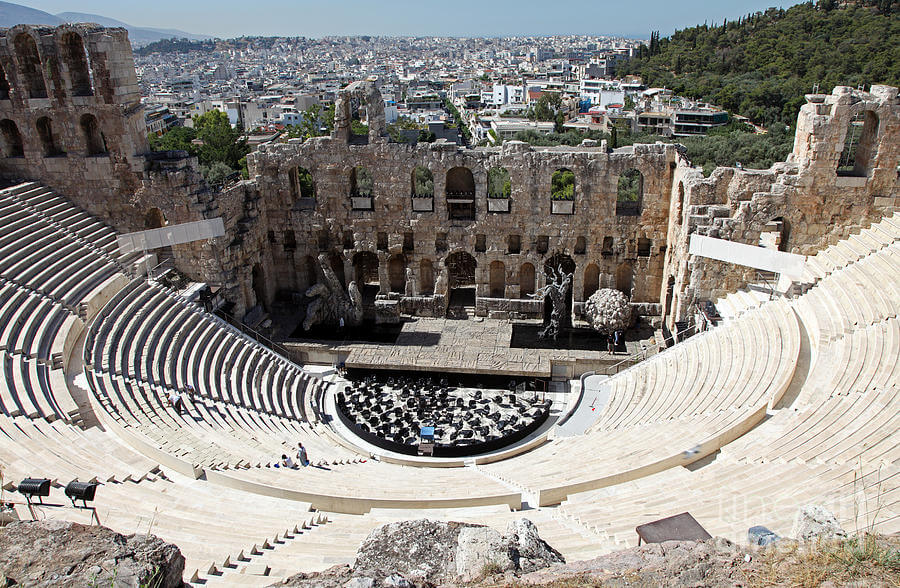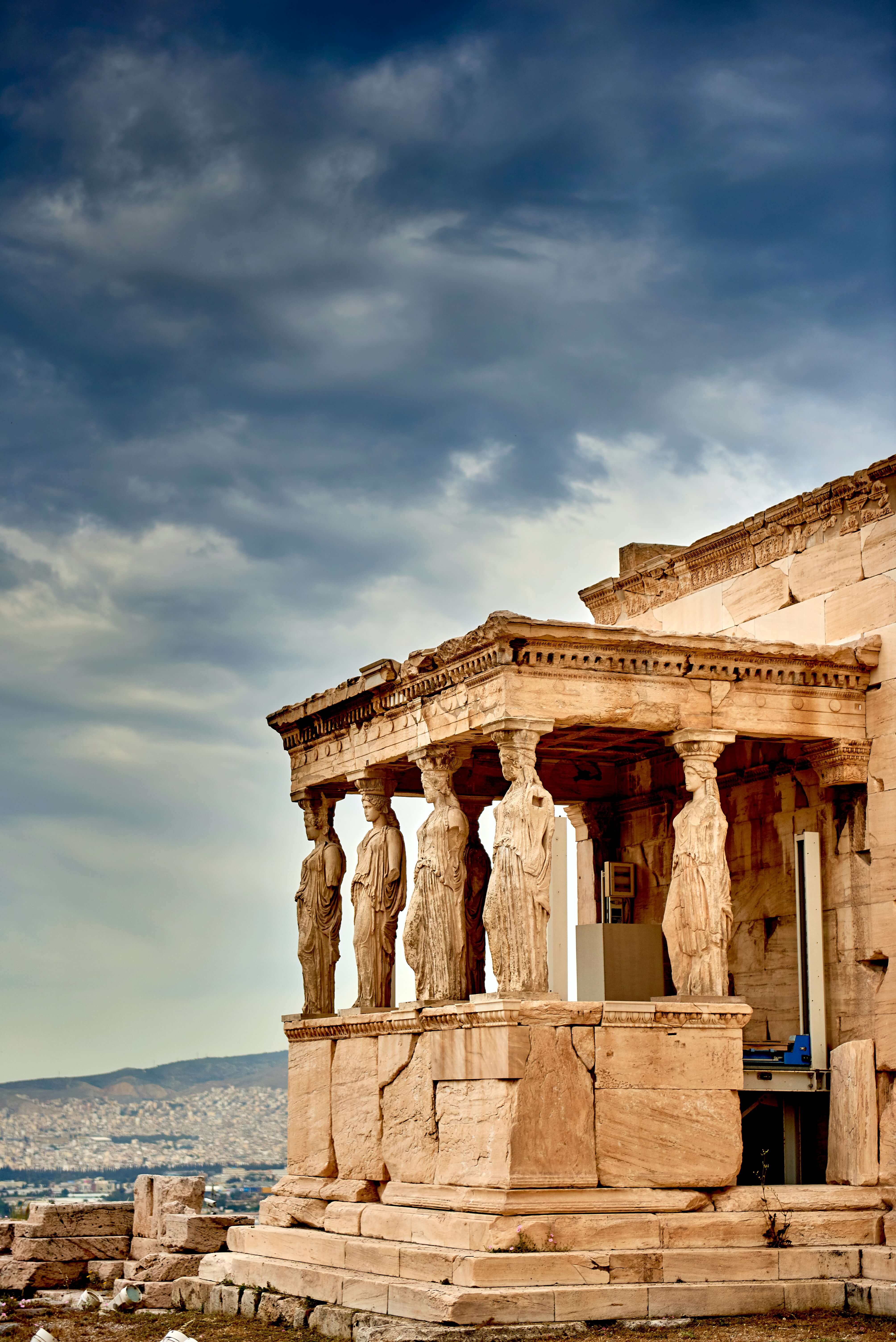Discover the Acropolis, a world-famous destination, and the Parthenon, the most iconic monument of Ancient Greek civilization. Travel back in time as you explore the impressive site on a guided tour.
Activity highlights
*Explore a UNESCO worldwide heritage site
*Discover the most iconic monument of the ancient Greek civilization
*Visit Parthenon, a site often regarded as a monument to democracy
|
Itinerary 1st stop The Theater of Dionysus
|
 |
|
2nd stop the Temple of Athena Niki The Temple of Athena Nike, built entirely of Pentelic marble, on the southwest bastion of the Acropolis, was completed in 420 bce during the restoration of Athens after the Persian invasion of 480 bce and was designed to greet those visiting Athena’s complex. Athena, the patron deity of Athens, and Nike, the goddess of victory, were often so closely associated that the two were often identified together as Athena Nike ("Athena of Victory"). |
 |
|
3rd stop The Parthenon The Parthenon is the centrepiece of a 5th-century bc building campaign on the Acropolis in Athens. It was built in the mid-5th century BC by the architects Ictinus and Kallicrates with the supervision of the sculptor Phidias. It was dedicated to the Greek goddess Athena Parthenos (“Athena the Virgin”).
Interesting Information: • Its sculptures rivaled its architecture in beauty and significance. The pediment sculptures represent the birth of Athena and her battle with Poseidon. A continuous frieze shows the annual Panathenaic procession of citizens honoring Athena. The entire work is a marvel of harmony and clarity. |
 |
|
4th stop the Erechtheion The Erechtheion, designed by the architect Mnesikles, was a complex building constructed in the last twenty years of the 5th century BC. An Ionic frieze surrounded the Erechtheion’s main building and north porch, decorated with figures of gods, heroes and mortals depicting scenes related to the myths and cults encompassed by the temple. Highlight: The Erechtheion’s best-known feature is its south porch, whose roof, instead of being supported by columns, rested on the heads of six ‘’Korai’’ statues – the famous Karyatids. |
 |